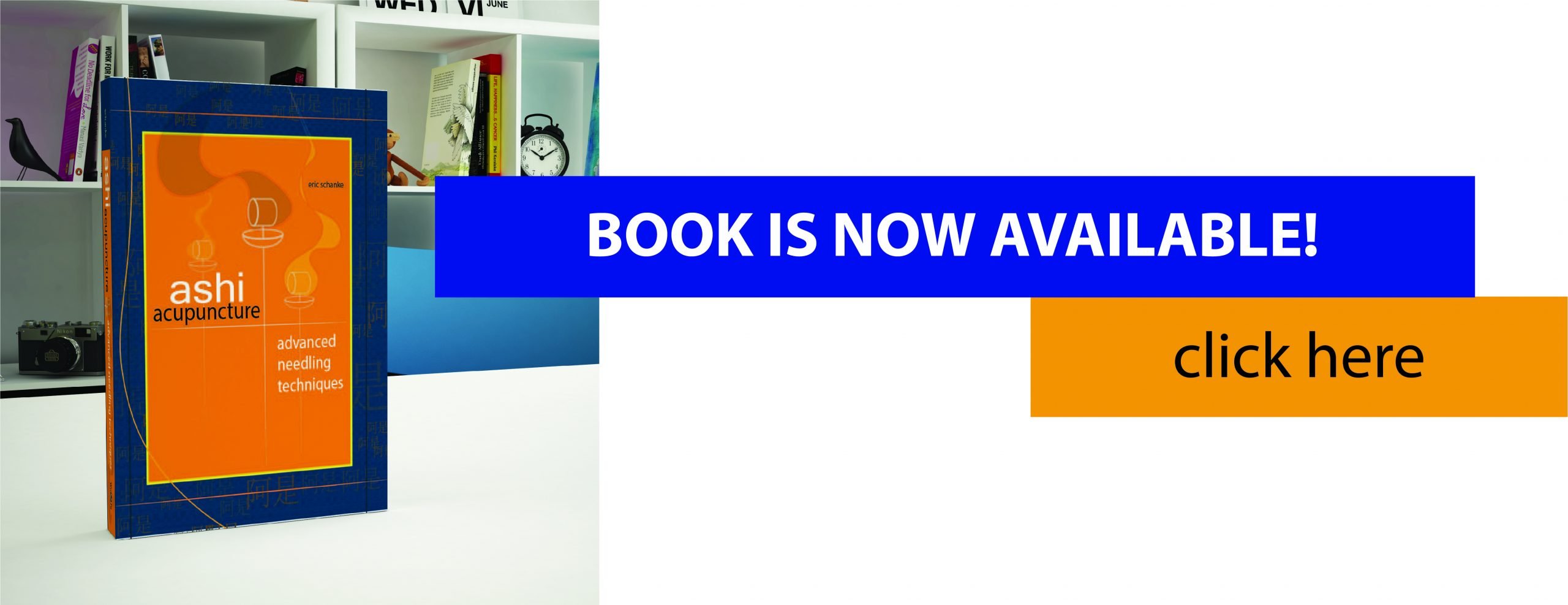Dry Needling History
Dry needling is a term coined by Dr. Janet Travell in the 1980’s. This term distinguishes between trigger point injection, where an anesthetic or other substance is injected into a trigger point (a tender focal area of tension within a muscle or other soft tissue), and simply piercing the trigger point with a needle (hypodermic or filiform).
Who Uses Dry Needling?
Dry needling is now practiced by physical therapists, chiropractors, M.D.s, and acupuncturists. Is there a difference between ashi (literally “ah that’s it”) style acupuncture and dry needling? In my opinion, no. Dry needling now usually uses a filiform needle (an acupuncture needle) and tender spots are needled (classically described ashi points).
Controversy
There is now a turf war going on (“scope of practice”) between various practitioners and involving the various state licensing bodies. Whoever wins in any given state is granted a monopoly to legally perform the dry needling procedure.
I think it is a tribute to the effectiveness of this therapy that many practitioners are interested in learning it. But the fact is that acupuncture needles have been used on tender spots in the body for thousands of years and it’s been called ashi acupuncture. Now certain practitioners want to perform the same therapy but call it dry needling. Isn’t this analogous to someone adjusting the spine like a chiropractor but now wanting to call it “crickety crack” to avoid licensing laws?
Two Specialties of Acupuncture
I really think that there are 2 specialties of acupuncture; “meridian” style acupuncture (maybe it could be called “distal point acupuncture”?) and ashi style acupuncture. Studying “meridian” style acupuncture really doesn’t prepare one well to practice ashi style and vice versa. Learning “meridian” style necessitates the study of the signs and symptoms of dysfunction of the internal organs as described by the ancient Chinese. Tongue and pulse reading may also be important. But with ashi style anatomy is paramount. And study of texts by M.D.s on trigger point work or pain referral patterns of the various muscles is often much more clinically useful than ancient Chinese concepts of physiology.
Would a rose by any other name smell as sweet? Regardless of what we call it, inserting a needle into the taut tender areas of the muscles is incredibly effective for treating pain.
 Ashi Acupuncture – Education and Training Acupuncture and dry needling information, training and education. Medical based acupuncture with an emphasis on anatomy and technique.
Ashi Acupuncture – Education and Training Acupuncture and dry needling information, training and education. Medical based acupuncture with an emphasis on anatomy and technique.

